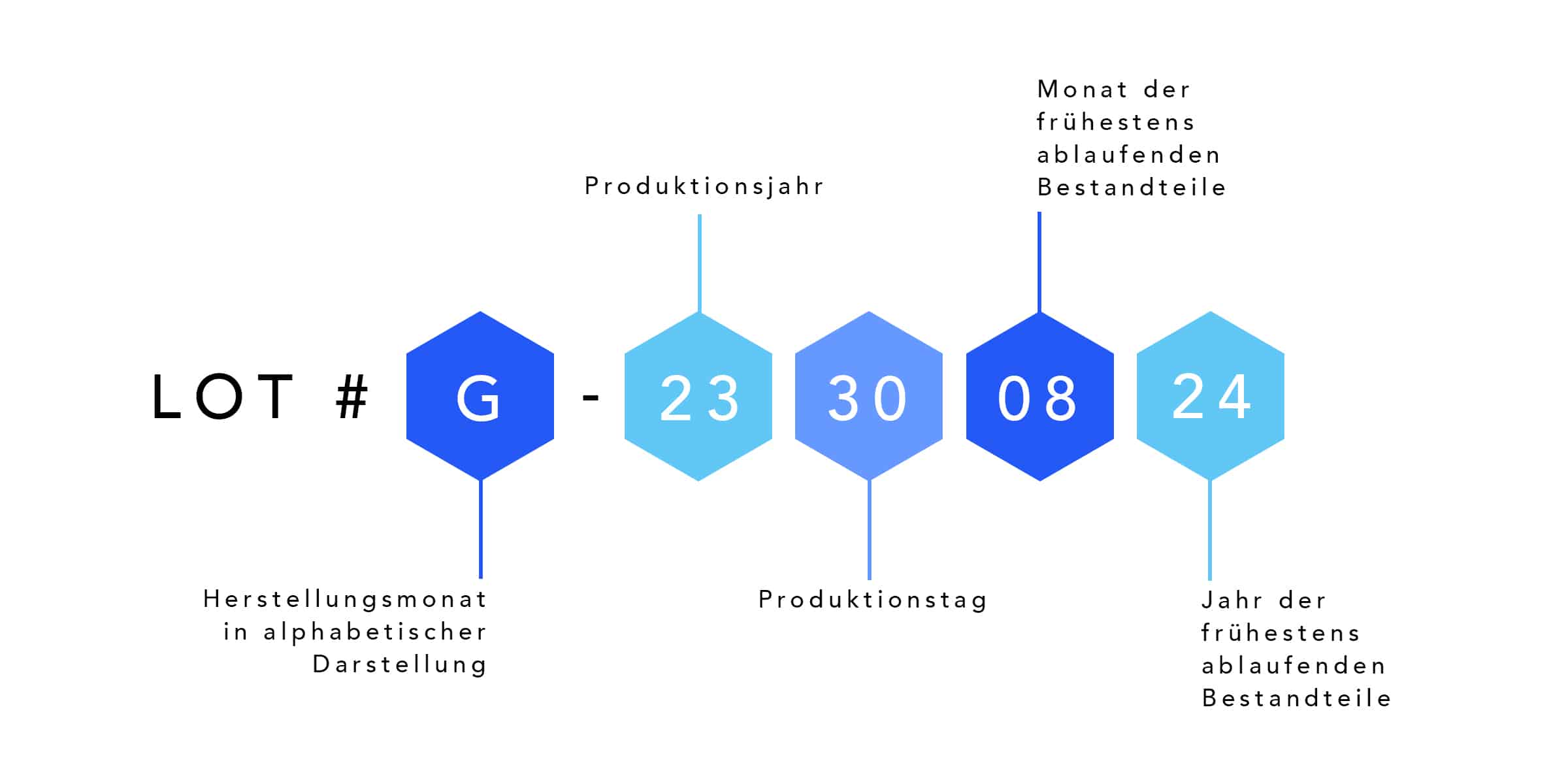How batches and best before dates affect fulfillment and beyond

von Chiara Di Filippo – 10 min. read time
last updated 22.08.2023

What are batches?
Batches (also called LOT) are groups of products that have been manufactured, processed or packaged in a certain period of time with the same production batch or the same batch of raw materials.
What is a LOT number?
A LOT or batch number contains the most important information about a batch, such as the date of manufacture and information about expiring ingredients.
Why is batch tracking important?
Batch tracking (or lot tracking) is important to accurately identify and recall affected products in the event of quality concerns, recalls or other incidents, and to ensure consumer safety and supply chain quality assurance.
What does a best-before date mean?
Best before dates indicate the date until which a product should retain its specific characteristics, such as taste, odor, texture and quality, under recommended storage conditions without posing a health hazard.
How are minimum shelf lives calculated?
Minimum shelf lives are usually determined by laboratory testing and monitoring of product quality over a period of time to determine how long the product will retain its desired properties under appropriate storage conditions.
Chiara Di Filippo
Working Student Content Marketing
Alaiko Posts




